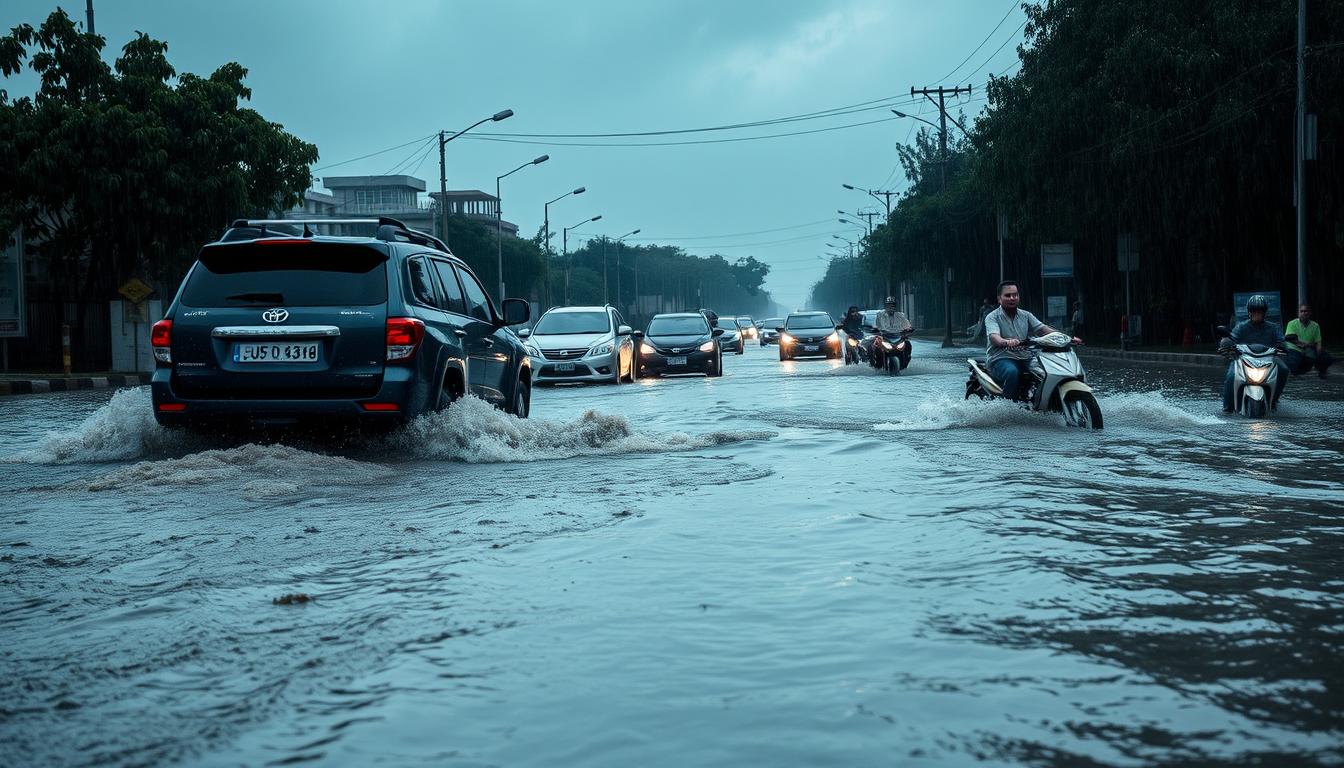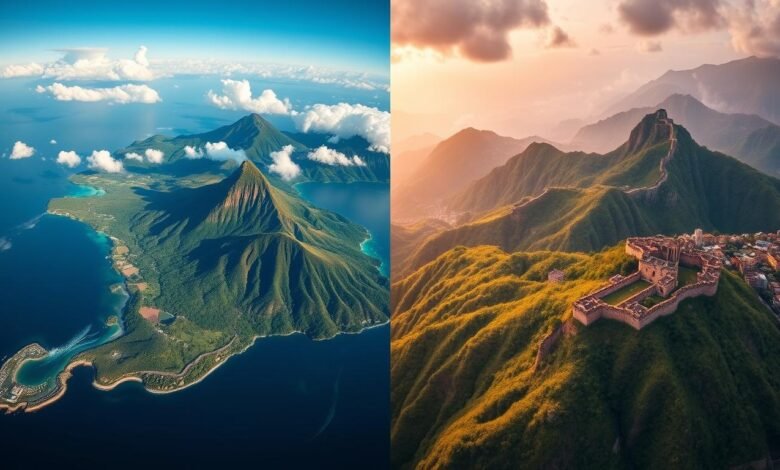
Comparing American Samoa, a small U.S. territory in the South Pacific, with China, the world’s most populous nation, offers fascinating insights into global diversity. This analysis examines how these dramatically different regions compare across geography, economy, culture, and governance. Understanding these contrasts helps illuminate the remarkable variety of political, economic, and social systems that exist in our interconnected world.
Geography & Demographics: Size, Scale, and Population
The contrast between American Samoa and China begins with their physical dimensions and population statistics. These fundamental differences shape nearly every aspect of life in these regions.
American Samoa
American Samoa consists of five volcanic islands and two coral atolls covering just 199 km² (77 sq mi). This U.S. territory is home to approximately 55,000 people, resulting in a population density of about 238.8 people per km². The territory experiences a tropical climate with consistent warm temperatures year-round and high humidity levels around 82%.
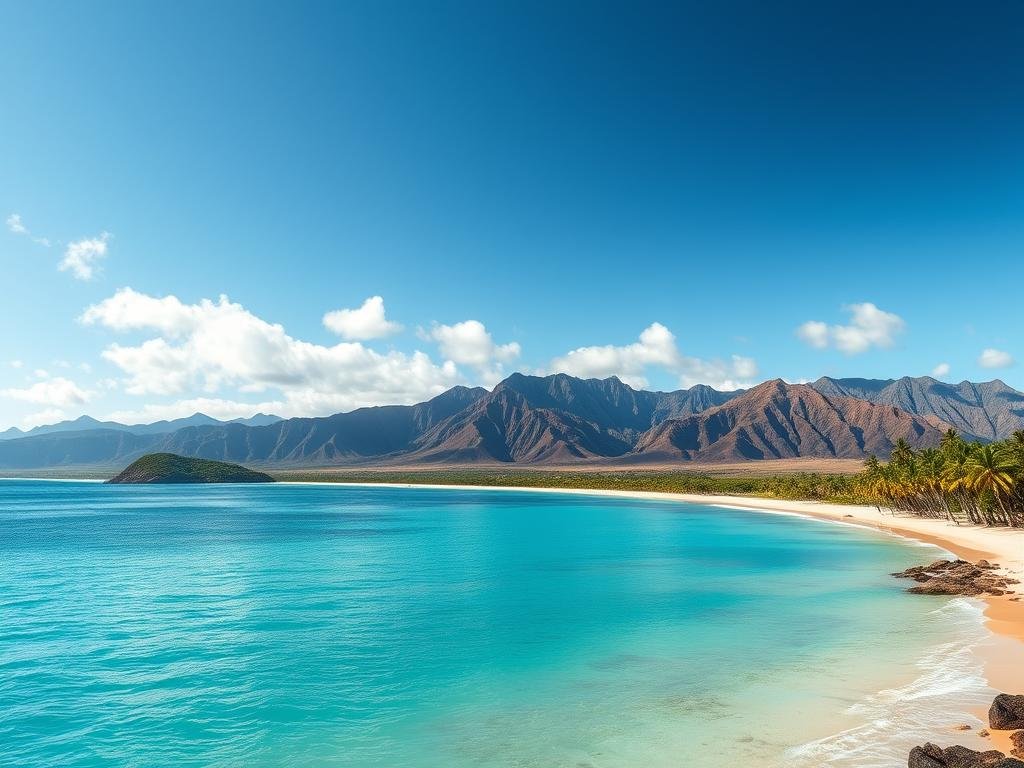
China
China spans approximately 9.6 million km² (3.7 million sq mi), making it nearly 47,000 times larger than American Samoa. With a population exceeding 1.4 billion people, China houses about 25,000 times more people than American Samoa. Despite its massive population, China’s overall population density (147.5 people per km²) is actually lower than American Samoa’s, reflecting China’s vast territory and varied landscapes from deserts to mountains.
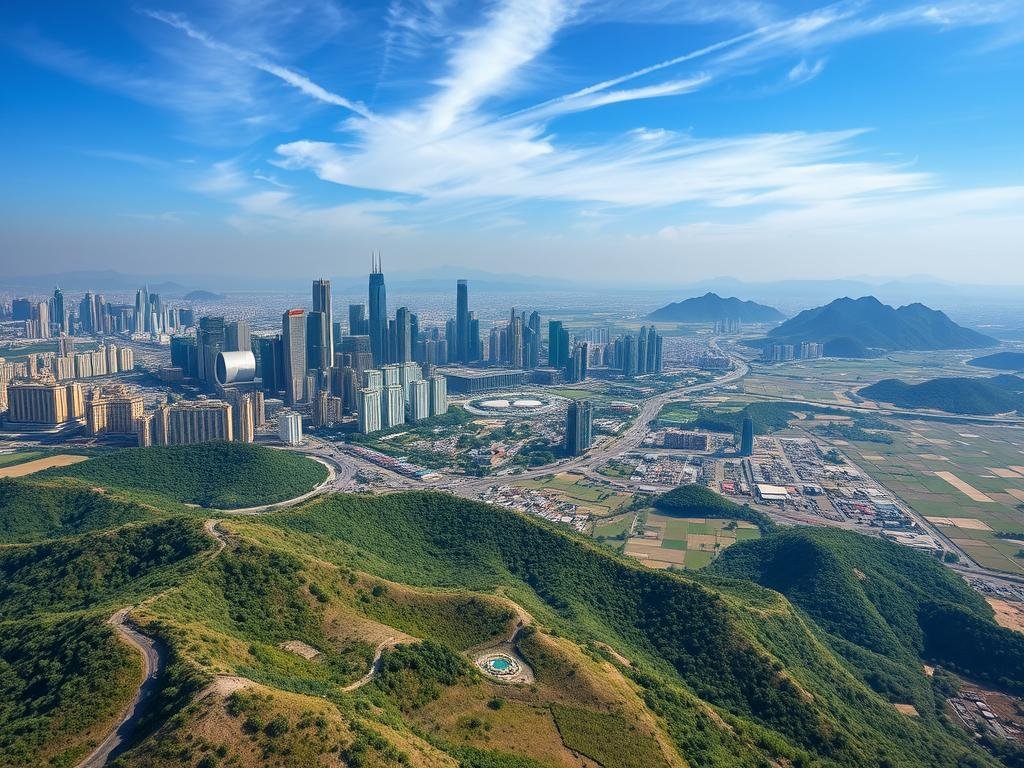
While American Samoa’s entire population could fit into a single neighborhood of Beijing, its population density is actually higher than China’s overall average.
Economic Comparison: From Tuna Canning to Global Manufacturing
The economic profiles of American Samoa and China represent opposite ends of the spectrum in terms of scale, diversity, and global influence.
American Samoa’s Economy
American Samoa has a modest GDP of approximately $636 million, heavily dependent on U.S. federal assistance. The territory’s economy centers around tuna canning, with StarKist operating a major facility that employs a significant portion of the workforce. Tourism plays a minor role, limited by the territory’s remote location. American Samoa faces economic challenges including limited resources, high transportation costs, and vulnerability to global tuna market fluctuations.
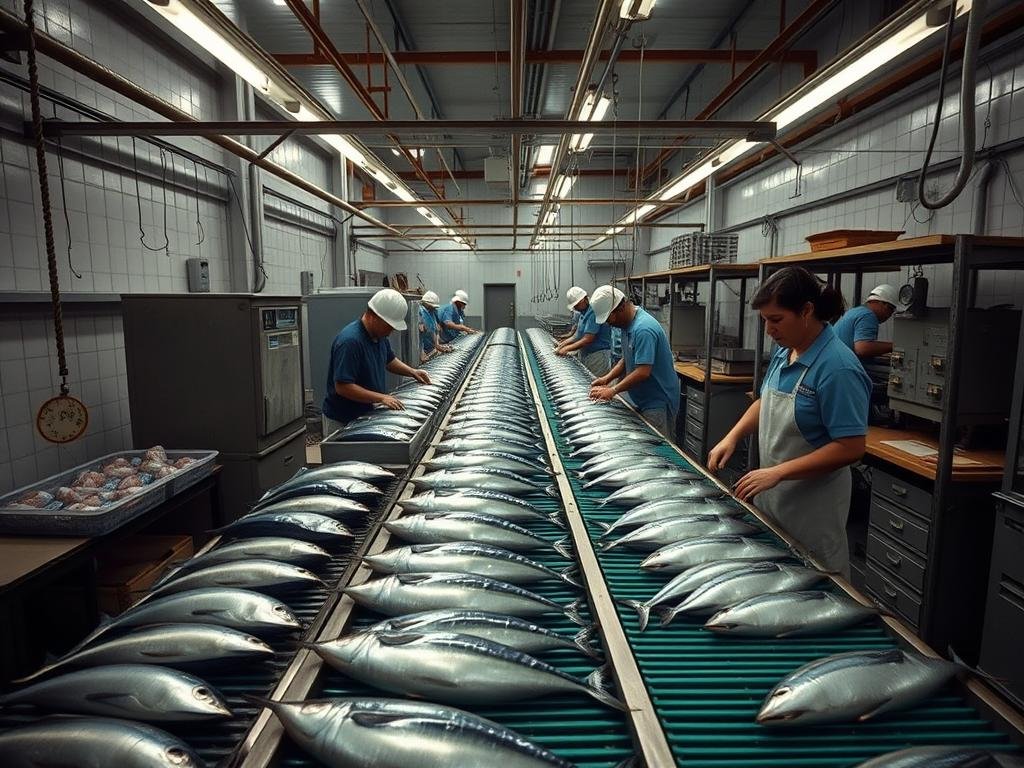
China’s Economic Power
China boasts the world’s second-largest economy with a GDP of approximately $17.7 trillion. As a global manufacturing powerhouse, China produces everything from electronics and textiles to automobiles and heavy machinery. The country has rapidly developed diverse economic sectors including technology, finance, and renewable energy. China’s economic influence extends globally through initiatives like the Belt and Road program, which funds infrastructure development across multiple continents.

“The economic relationship between American Samoa and China reflects broader patterns of global trade, with American Samoa importing Chinese manufactured goods while China imports fish products from the Pacific.”
Cultural Landscapes: Traditions, Languages, and Social Norms
The cultural differences between American Samoa and China reflect their distinct historical developments and geographic contexts.
Language
American Samoa has two official languages: Samoan (spoken by 90.6% of the population) and English (2.9%). The Samoan language is central to cultural identity and daily life. In contrast, China recognizes Mandarin Chinese as its official language, though numerous regional dialects and minority languages exist across the country. About 92% of China’s population speaks some form of Chinese.
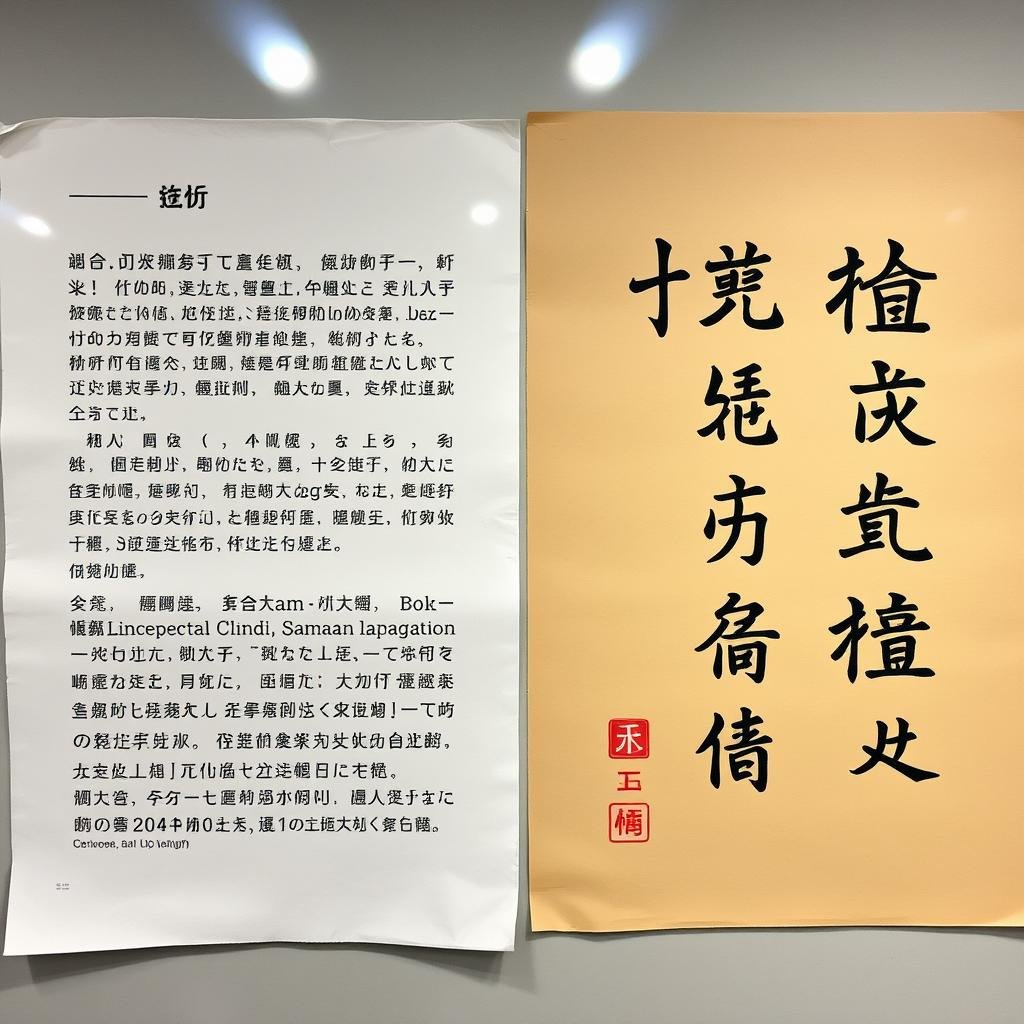
Religion
Christianity dominates American Samoa’s religious landscape, with approximately 70% of the population identifying as Christian. Religious practices blend traditional Polynesian elements with Christian traditions. China presents a more complex religious picture, with traditional Chinese beliefs (17.5%), Buddhism (6.2%), and Taoism (4.4%) coexisting with a large non-religious population (58.5%). Christianity represents only about 2.3% of China’s population.
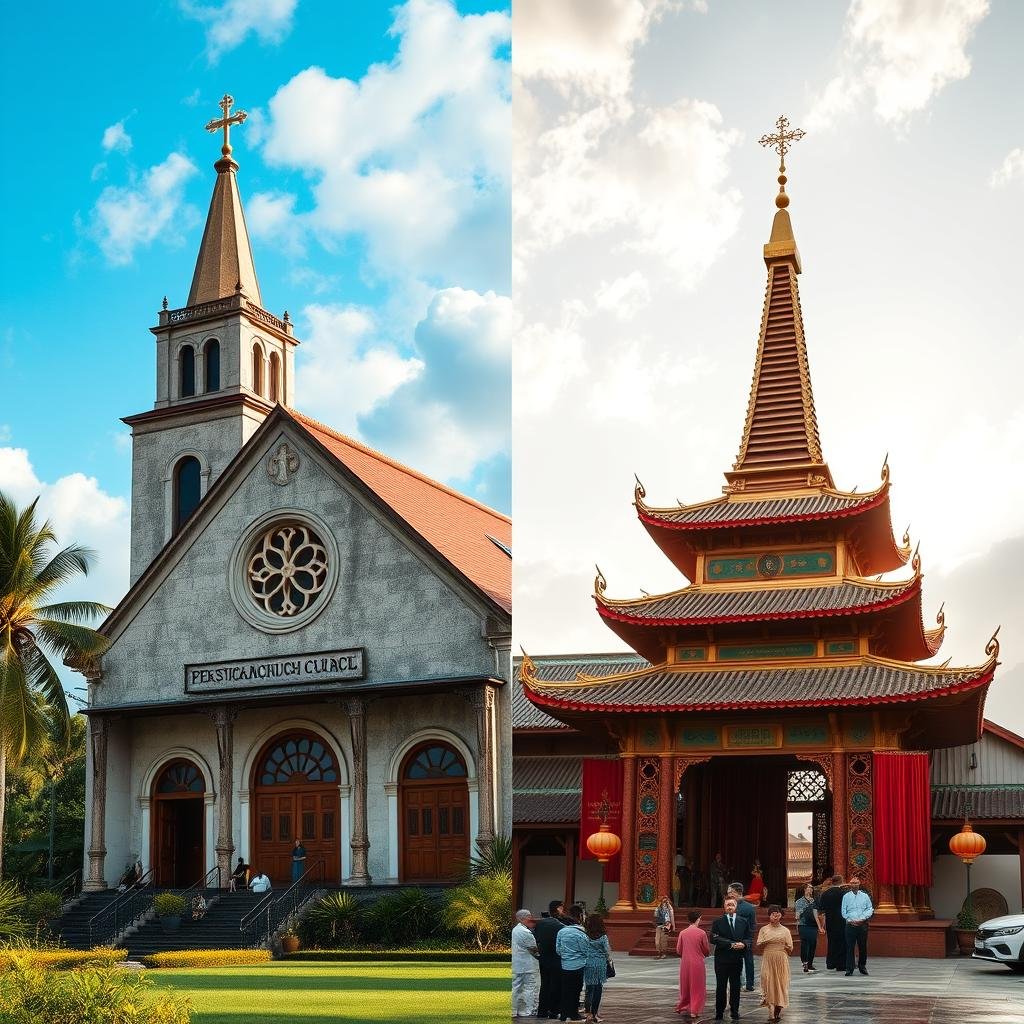
Social Structure
American Samoan society centers around the fa’a Samoa (the Samoan Way), emphasizing extended family (aiga) and village communities led by chiefs (matai). Social hierarchy is important but relatively straightforward. Chinese social structure has evolved from traditional Confucian hierarchies to a complex modern system influenced by both communist ideology and capitalist economics, with significant urban-rural divides.
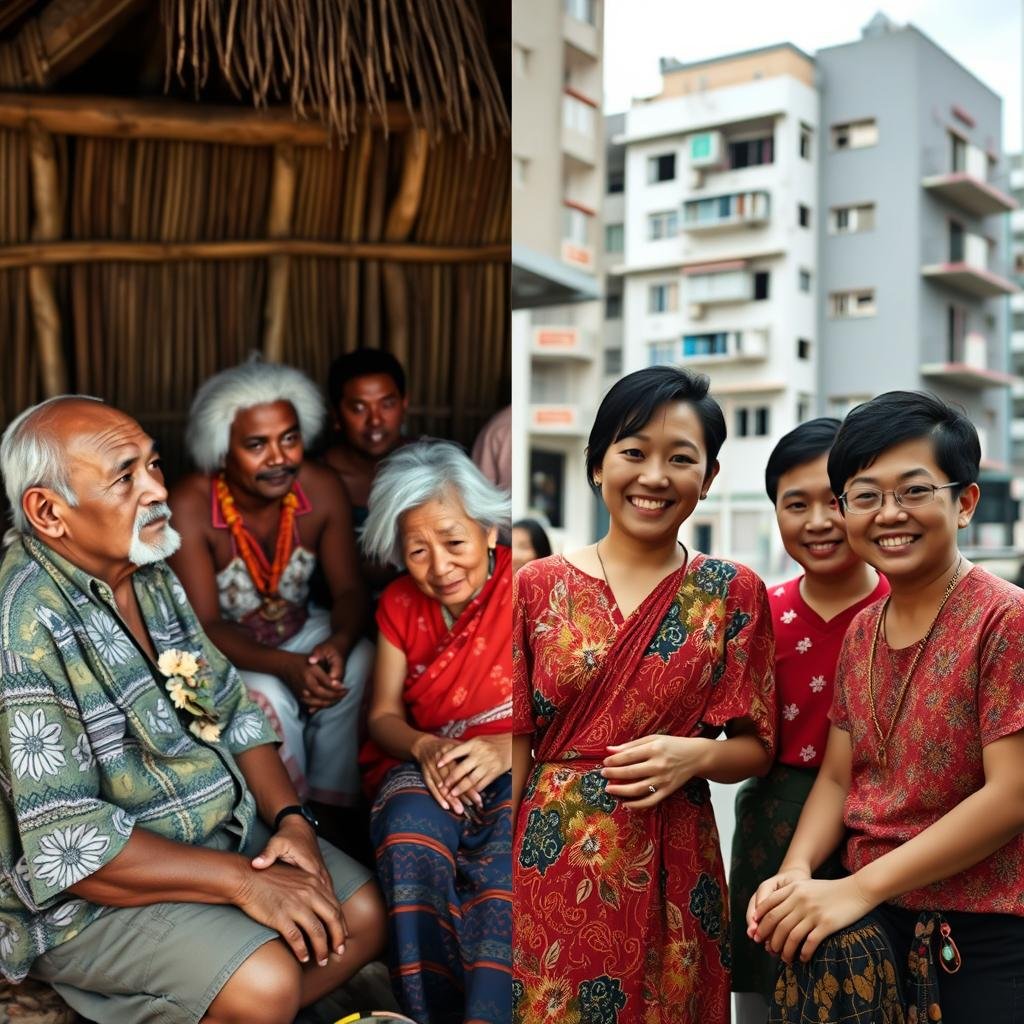
Despite their differences, both cultures place strong emphasis on respect for elders, family obligations, and community connections, though these values manifest in distinct ways.
Political Systems: Territory vs Sovereign Nation
The political structures of American Samoa and China represent fundamentally different approaches to governance and sovereignty.
American Samoa’s Territorial Status
As an unincorporated territory of the United States, American Samoa occupies a unique political position. Residents are U.S. nationals but not automatically U.S. citizens. The territory has its own constitution and elected government, including a governor and legislature, but ultimate authority rests with the U.S. Congress. American Samoans cannot vote in U.S. presidential elections unless they establish residency in a U.S. state.
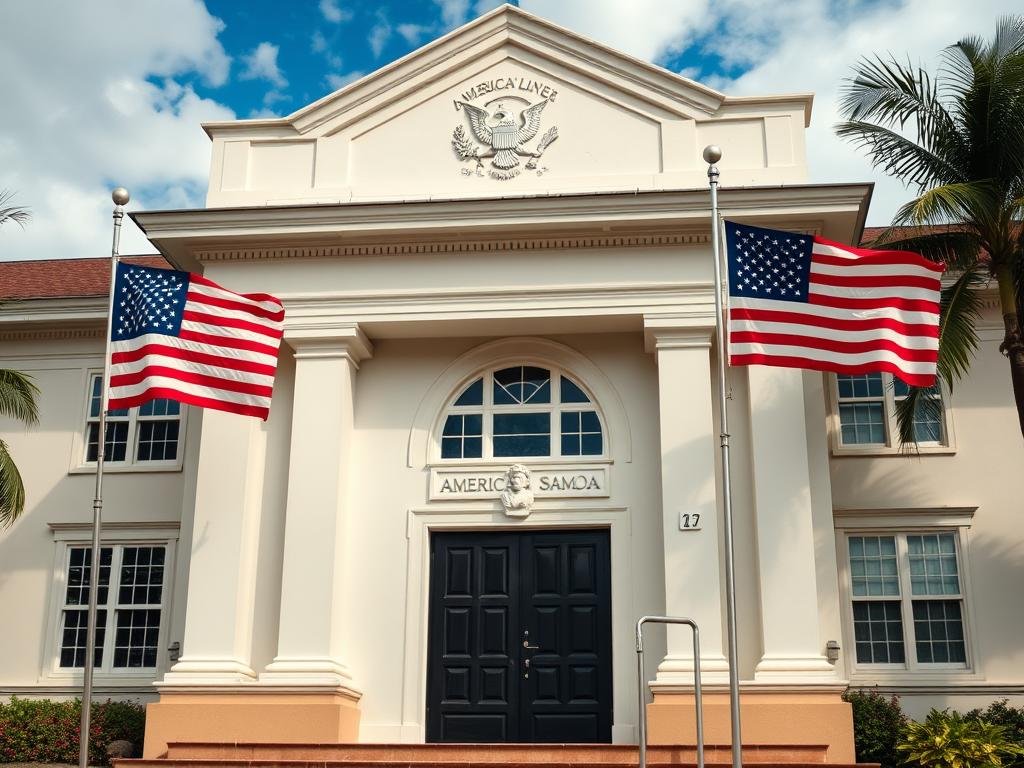
China’s One-Party System
China operates as a sovereign nation under a one-party system led by the Chinese Communist Party (CCP). The country’s political structure includes the National People’s Congress as its legislative body, but the CCP maintains control over all aspects of governance. China’s President Xi Jinping serves as both head of state and general secretary of the CCP, wielding significant centralized authority in a system that prioritizes stability and economic development over Western-style democratic processes.
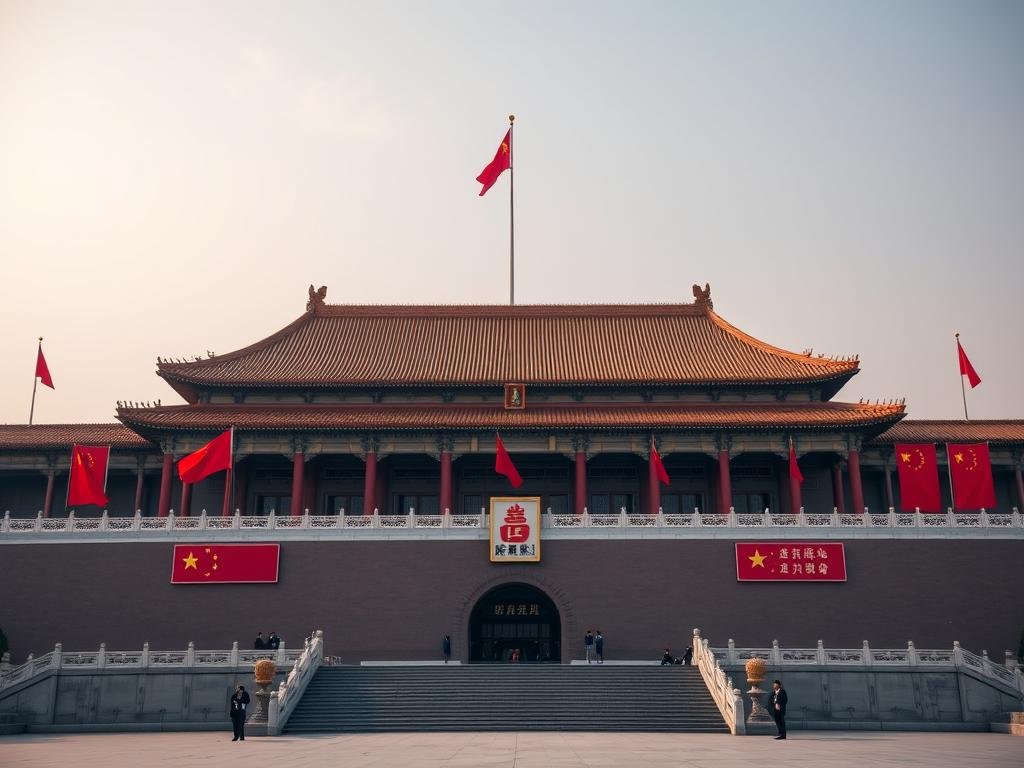
The political relationship between China and American Samoa is primarily indirect, mediated through U.S.-China relations, as American Samoa has no independent foreign policy.
Key Differences: American Samoa vs China at a Glance
This comprehensive comparison highlights the fundamental contrasts between these two diverse regions across multiple categories.
| Category | American Samoa | China |
| Population | ~55,000 | ~1.4 billion |
| Area | 199 km² | 9,562,910 km² |
| Official Language | Samoan, English | Mandarin Chinese |
| GDP (nominal) | $636 million | $17.7 trillion |
| Government Form | U.S. territory (self-governing) | People’s republic (one-party system) |
| Major Industries | Tuna canning, limited tourism | Manufacturing, technology, finance |
| Life Expectancy | 73 years (average) | 77.4 years (average) |
| Population Density | 238.8 people/km² | 147.5 people/km² |
| Primary Religion | Christianity (70%) | Non-religious (58.5%) |
| Climate | Tropical (avg. 30.2°C daytime) | Diverse (avg. 18.3°C daytime) |
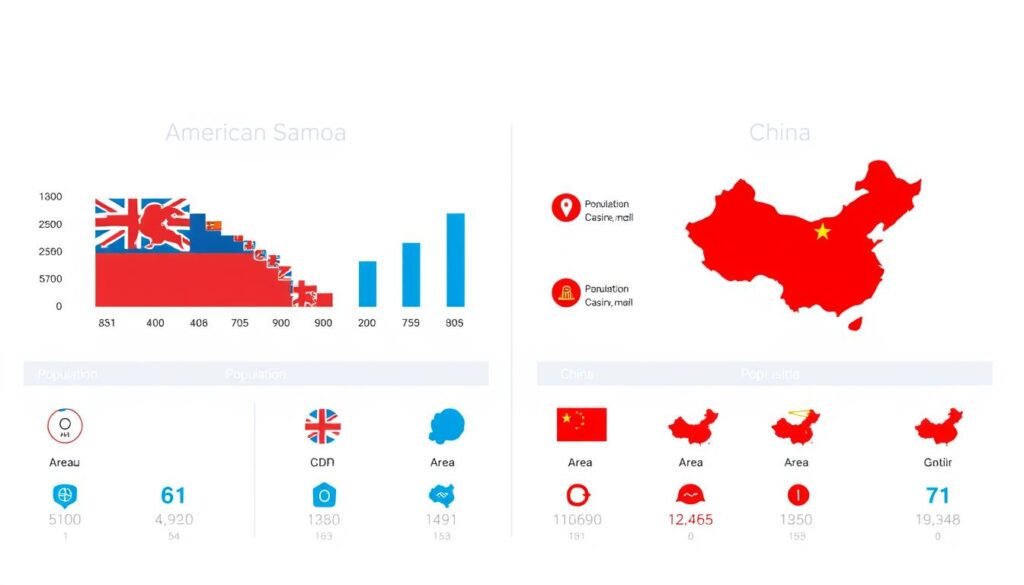
Unique Challenges & Opportunities
Both regions face distinct challenges and opportunities shaped by their size, resources, and global position.
American Samoa
- Challenges: Heavy dependence on U.S. federal aid (approximately $35 million annually), limited economic diversification, vulnerability to climate change and rising sea levels, geographic isolation increasing costs of goods and services.
- Opportunities: Potential for sustainable tourism development, renewable energy initiatives leveraging abundant solar resources, cultural preservation programs, special trade relationships with the United States.
China
- Challenges: Aging population and demographic imbalance from former one-child policy, environmental pollution, regional economic disparities, international tensions over trade and territorial claims.
- Opportunities: Technological innovation leadership, expanding middle class creating consumer market growth, global infrastructure development through Belt and Road Initiative, renewable energy sector development.
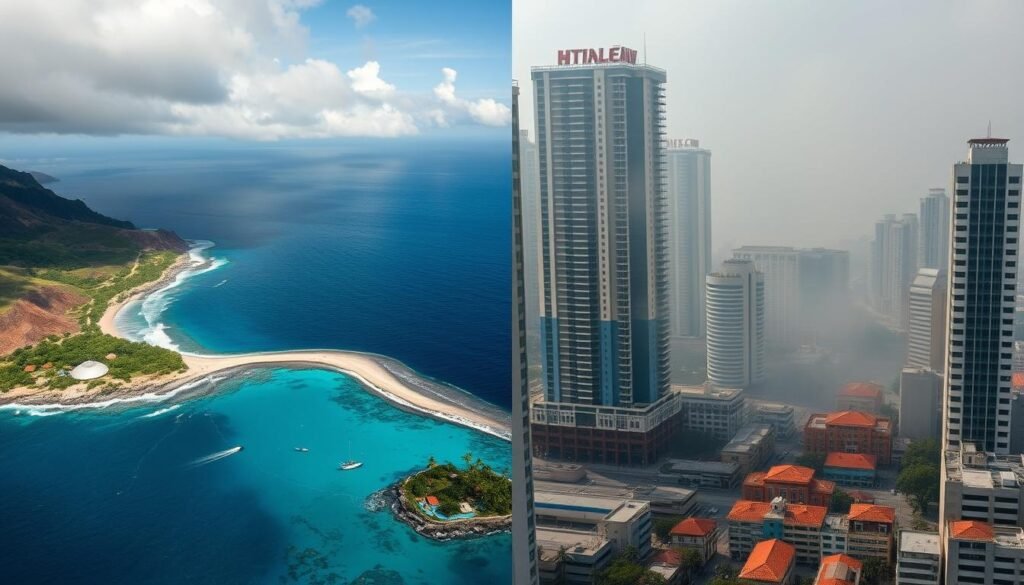
Frequently Asked Questions
Common questions about the relationship and comparison between American Samoa and China.
Is American Samoa part of China?
No, American Samoa is not part of China. American Samoa is an unincorporated territory of the United States located in the South Pacific. It has been under U.S. administration since 1900 and has no political connection to China.
How does China view U.S. territories in the Pacific?
China views U.S. territories in the Pacific, including American Samoa, within the broader context of U.S.-China strategic competition in the Pacific region. While China has increased its diplomatic and economic engagement with independent Pacific Island nations, U.S. territories remain firmly within the American sphere of influence. China’s Pacific strategy focuses primarily on sovereign states rather than U.S. territories.
Do American Samoans need a visa to visit China?
Yes, American Samoans traveling on U.S. national passports require a visa to visit China. As American Samoa is a U.S. territory, its residents are subject to the same visa requirements that apply to U.S. citizens when traveling to China.
Is there significant trade between American Samoa and China?
Direct trade between American Samoa and China is limited. American Samoa imports some Chinese manufactured goods, but most of its trade is conducted with or through the United States. China’s economic engagement with the Pacific region has increased in recent years, but this has primarily focused on independent nations rather than U.S. territories like American Samoa.
Conclusion: Why This Comparison Matters
Comparing American Samoa and China illuminates the remarkable diversity of political, economic, and social systems that exist in our world. Despite their vast differences in size, population, and global influence, both regions face the universal challenges of adapting to climate change, managing economic development, and preserving cultural identity in a rapidly changing world.
This comparison also highlights how geography, history, and political relationships shape the development trajectories of different regions. American Samoa’s status as a U.S. territory has profoundly influenced its economic and political development, just as China’s size, resources, and historical experience have shaped its path to becoming a global power.
Understanding these contrasts helps us appreciate the complex tapestry of human societies and governance systems that make up our interconnected global community.
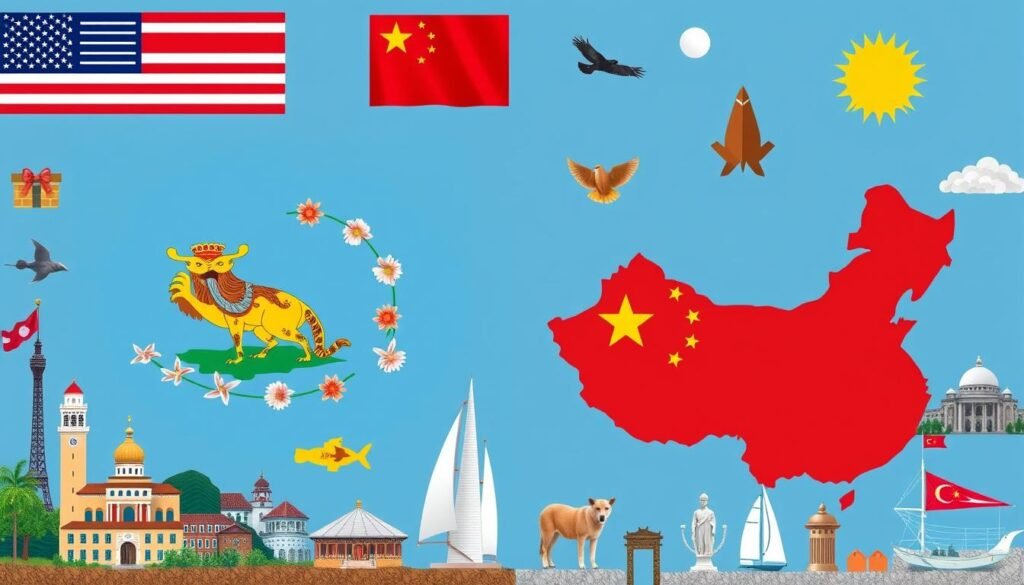
Deepen Your Understanding of Global Regions
Subscribe to our newsletter for more in-depth comparisons, analysis, and insights about regions around the world. Stay informed about cultural, economic, and political developments across the globe.
Sources and Further Reading
- World Bank Data Repository: “Economic Indicators for American Samoa and China” (2023)
- U.S. Department of Interior: “American Samoa: Political Status and Governance” (2022)
- Pacific Islands Development Forum: “Comparative Economic Analysis of Pacific Island Territories” (2023)
- United Nations Population Division: “Demographic Profiles: East Asia and Oceania” (2022)
- Congressional Research Service: “U.S. Territories: Status and Relations” (2023)
➡️ Baca Juga: Terobosan Baru di Dunia Mode: Apa yang Perlu Kamu Tahu?
➡️ Baca Juga: Bonus Bank Mandiri Rilis 5 Informasi DHE SDA





